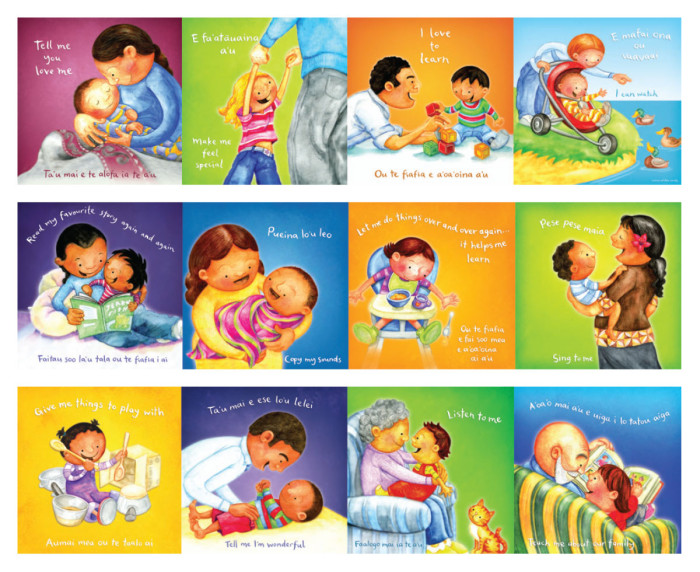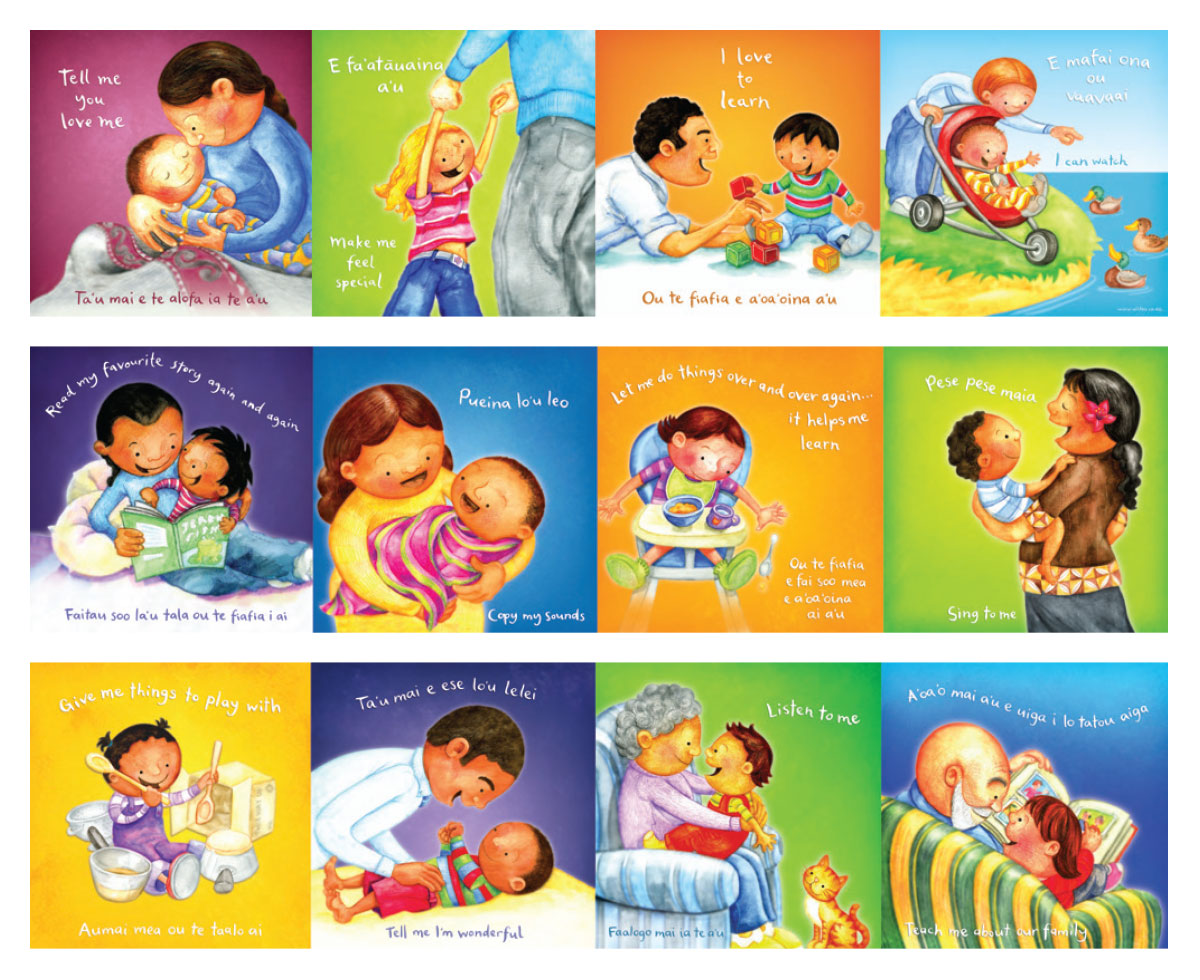
Te mana o te moana Pacific parenting

Pacific cultures differ from each other in lots of ways, including in the way they parent, but they all share a desire to nurture the village and raise awesome children.
Kia orana , Ni sa bula vinaka , Fakaalofa lahi atu , Talofa , Malo ni , Mālo e lelei , Mauri , Noaˈia , Tēnā koutou and warm Pacific greetings.
To work with Pacific communities in Aotearoa, we can start by learning about their values and experiences and the relationships that support their families to thrive.
What’s common to Pacific cultures
Pacific cultures share many values and beliefs, but there may be just as many differences as similarities between the Pacific people you see every day.
Here are 3 commonly shared values.
Learning migration stories
Pacific communities in Aotearoa all have someone in their family, past or present, who migrated to Aotearoa for the future of the family and especially their children. These stories play a big part in many Pacific family histories. They are passed on to younger family members to support their sense of identity and remind them of how they came to be here and why.
Pacific cultures are diverse
From a handful of atolls to hundreds of islands, each Pacific nation has forged its own unique connection with their land. This has led to many unique practices and customs that set them apart from each other.
Here are 3 examples of how Pacific cultures may differ.
-

Society
Social structures describe the roles different members of the community hold in a culture. The social structure in many Pacific nations is based on the extended family and the village, but not in all. For example, Tonga is a constitutional monarchy with a class structure written into its constitution.
-

Family roles
Pacific families make decisions in the collective best interest of all members. Extended family members often have a powerful role in making decisions that affect families. These decision-makers vary across cultures and may not be who you think they are.
-

Language
Each culture’s language is unique. In some Pacific nations there are also dialects, for example, in the islands of the Cook Islands. Some Pacific languages have similarities with other languages, for example, the languages of Tuvalu, Tokelau and Samoa.
Language through song
Many Pacific nations share stories through songs, which are passed on down through generations. Singing is a really enjoyable way to develop children’s language, and sense of cultural identity. You can find songs in Pacific languages on our website. Many have words, audio and video.
Supporting pepe to grow
Use this wall frieze in Samoan and Cook Islands Māori for baby’s bedroom, or any space. It shares easy ways that everyone can help pepe grow, like singing and reading in home languages.
































